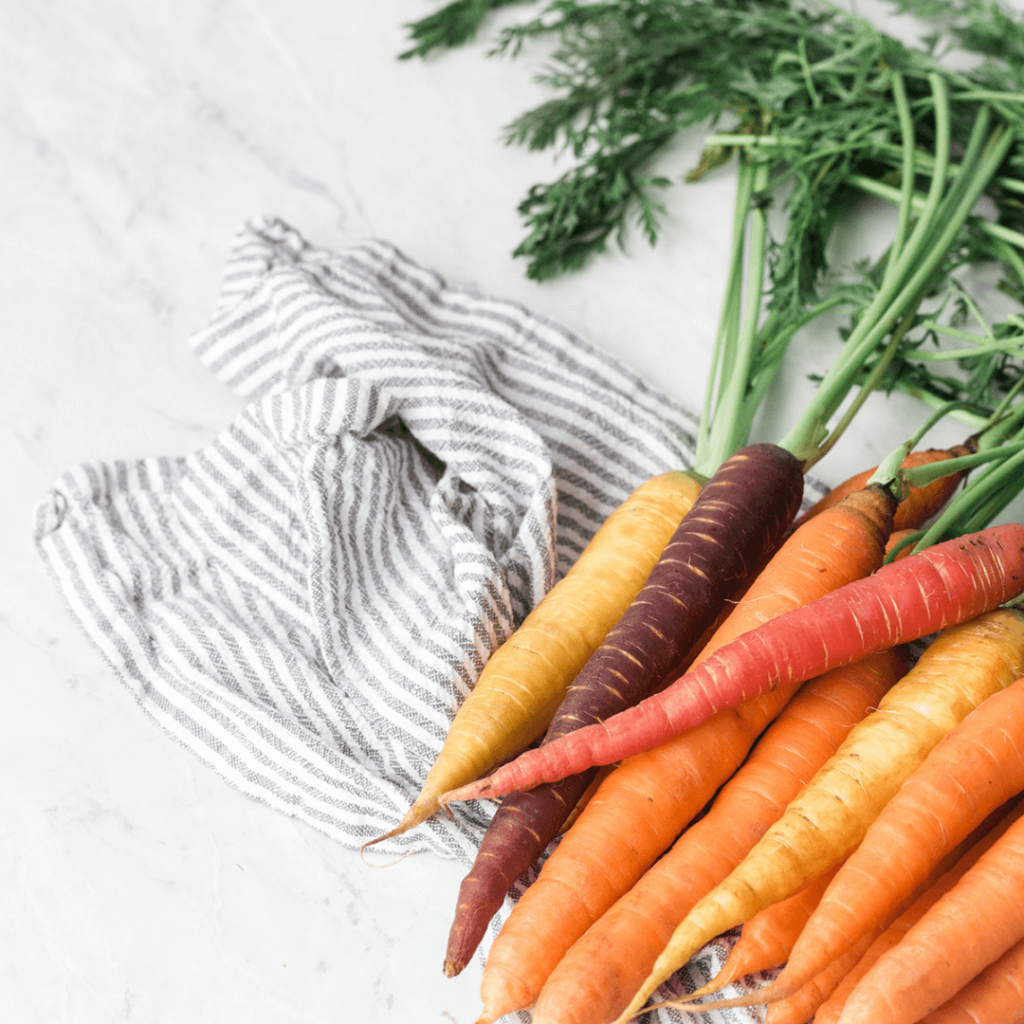
Buying organic produce has become increasingly popular as people become more conscious of the potential health risks associated with pesticides. However, organic options are not always accessible or affordable for everyone. So, how do we strike a balance between accessibility and avoiding pesticides? In this episode, we explore the concept of the “Dirty Dozen” and the “Clean 15” and provide a guide to help you make informed choices when it comes to buying organic produce.
The Dirty Dozen is a list of twelve fruits and vegetables that have been found to contain high levels of pesticides. These foods should be prioritised as organic options to minimise exposure to harmful chemicals. The 2023 Dirty Dozen list includes strawberries, spinach, kale, peaches, pears, nectarines, apples, grapes, capsicums, cherries, blueberries, and green beans.
According to the American Environmental Working Group (EWG), these fruits and vegetables are heavily sprayed with pesticides, making them more likely to retain residues even after washing. The EWG’s analysis is based on data from over 46,000 samples of 46 fruits and vegetables, and while the data is from American samples, it is believed that Australia’s non-organic farming practices are similar.
On the other hand, the Clean 15 is a list of fifteen fruits and vegetables that have been tested and found to have the lowest pesticide levels. These foods are considered to be the least essential to buy organic. The 15 fruits and vegetables that made the Clean 15 list are carrots, watermelon, sweet potatoes, mangoes, mushrooms, cabbage, kiwi fruit, honeydew melon, asparagus, peas, papaya, onions, pineapple, corn, and avocados.
The Clean 15 provides a more affordable option for those who may not have access to organic produce or are on a tight budget. These fruits and vegetables are less likely to retain pesticide residues, making them a safer choice when buying conventionally grown produce.
Navigating the supermarket aisles can be overwhelming, especially when it comes to choosing between organic and conventionally grown produce. To make the process easier, consider the following guidelines:
Fruits and vegetables with edible skin or leafy greens and herbs are more likely to have higher pesticide levels. It is recommended to buy organic versions of these foods. Examples include grapes, berries, peaches, apples, celery, capsicum, spinach, kale, parsley, and basil.
Produce with minimal pesticides and the least necessity to buy organic often belong to the category that needs peeling before consumption. Examples include mangoes, avocados, onions, rockmelons, and grapefruits.
By following these guidelines, you can start making more informed choices when it comes to buying organic produce. It’s important to note that organic options may not always be available or affordable, especially in certain areas. In such cases, you can also consider seeking out spray-free produce at farmers markets, which are usually in the process of transitioning to become fully organic farms.
Transitioning to buying organic produce can be a gradual process. If you feel overwhelmed, start by choosing just one of your regular produce items to buy organic each week. This allows you to gradually incorporate organic options into your diet without feeling overwhelmed or breaking the bank.
Another option is to visit your local farmers market once a month and explore the stalls. Farmers markets can be a fun and educational experience, where you can meet the farmers and learn more about their farming practices. While not all farmers at the market may be fully organic, many offer spray-free produce as they transition towards becoming fully organic farms.
The Dirty Dozen and Clean 15 lists provide a helpful guide to prioritise which fruits and vegetables to buy organic. By understanding which foods are more likely to have higher pesticide levels and which ones are safer to consume conventionally, you can make informed choices that align with your health goals.
Remember, every small step towards a healthier lifestyle counts, so start with one or two changes and gradually incorporate more organic options into your diet.

soul centered mail
Stay up to date on the happenings of The Wholisitic Collective & more.